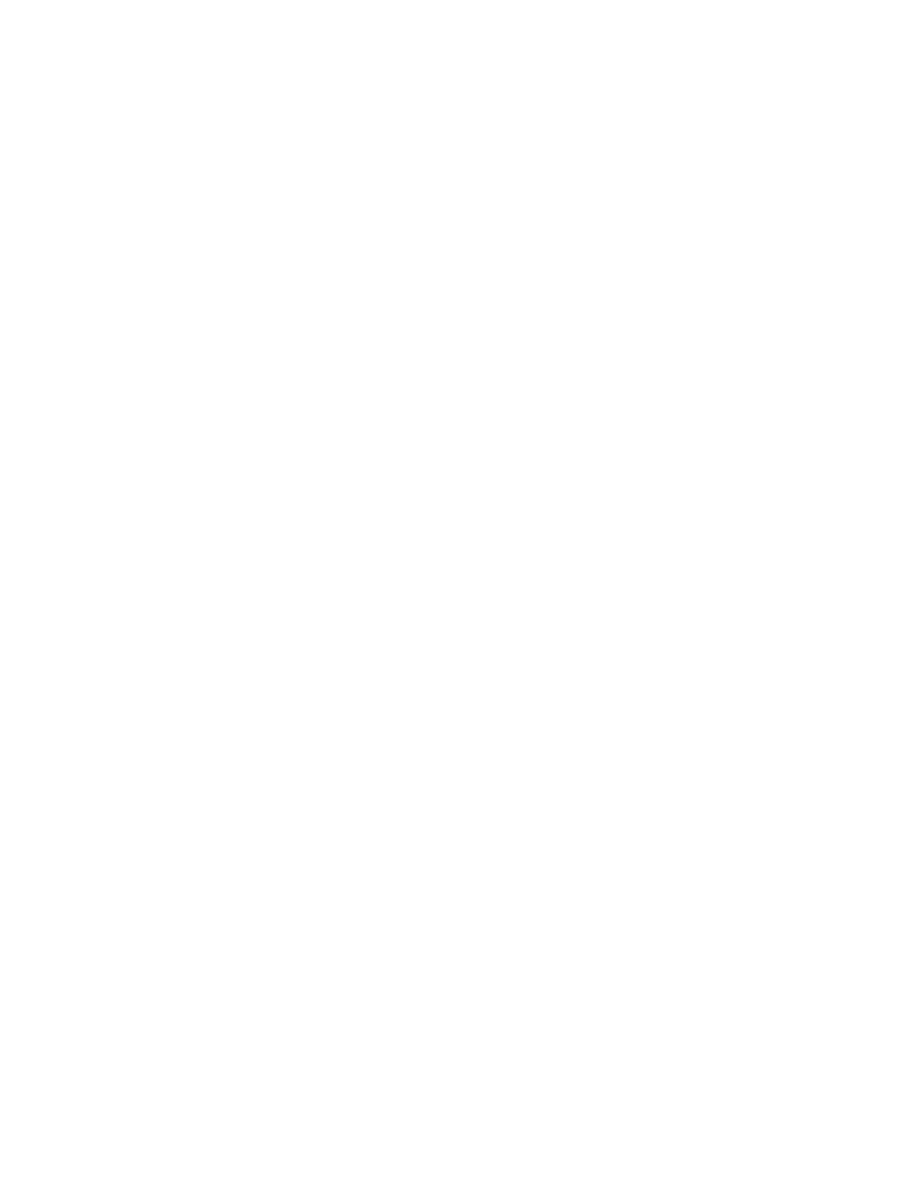Century L4-2.2L VIN 4 (1994)

Piston: Customer Interest
Correction
Replace all of the piston and rod assemblies (or pistons, only on certain engines) using part numbers from the chart below.
Piston Replacement
1.
Remove the engine accessory bracket to expose the front of the engine block and cylinder head mating area.
2.
Inspect the engine to see if it has a bright orange or red letter "A" on the front of the engine block behind the accessory bracket, directly above the
timing chain housing cover and below the engine block to cylinder head mating area. If so, the pistons must be replaced using the appropriate part
numbers from the table below.
3.
Disassemble the engine as needed to remove the pistons using the service procedures outlined in Section 6A2 or the Engine section of the
applicable service manual.
Notice:
Mark the connecting rod end caps and the piston rods to prevent reversing the cap on the rod. Rod and caps are a machined, matched
assembly. Reversal of the cap on the rod may cause binding of the connecting rod assembly to the crankshaft.
If, in Step 2 you learned that the engine is an "A" engine, disassemble the pistons from the rods and discard the pistons.
4.
Using a ball-type or self-centering honing tool, deglaze the cylinder bore lightly, only to remove any deposits that may have formed. An example
of this type of hone would be a SNAP-ON TOOLS MODEL BCG-89* with 180 grit stones made of silicone carbide.
5.
If, in Step 2 you learned that the engine is an "A" engine, assemble the pistons to the connecting rods using tool J 24086-C.
Important:
It is necessary to properly orient the pistons on the connecting rod and to orient the piston rod assembly properly in the engine to prevent
noise. Inspect the lower end of the connecting rod for a "bump" on one side that points toward the small end of the connecting rod. This
"bump" 'is located at the top of the thrust face of the connecting rod where the beam of the connecting rod forms into the large end. When
installing the piston on the connecting rod, this "bump" should face away from the arrow on the piston crown With the piston and connecting
rod assembly properly in the engine, this "bump" will face the rear of the engine and the arrow on the piston crown will face the front of the
engine.
Notice:
If, in Step 2 you learned that the engine is an "A" engine, to assemble the pistons to the rods, it is necessary to use tool J 24086-C or a fixture
that does not put pressure against the piston. All press load must be supported by the connecting rod. Any load on the piston or piston skirt will
distort the piston.
6.
Inspect the piston rod bearings for wear using service procedures outlined in Section 6A2B or the Engine Section of the appropriate service
manual. Replace bearings with the correct size as indicated by the measurements taken. Three sizes are available from GMSPO.
7.
Install a new cylinder head gasket using the procedure outlined in Section 6A2 in the service manual.
Important:
Cylinder head flatness specification: The cylinder head can be reused if the cylinder head warpage is less than 0.05 mm (0.002 in.) within any
152 mm (6.0 in.) area of the cylinder head sealing surface or 0.1 mm (0.004 in.) over the entire length of the cylinder head.
Resurface the cylinder head if warpage is over 0.05 mm (0.002 in.) within any 152 mm (6.0 in.) area, or more than 0.1 mm (0.004 in.) and less
than 0.025 mm (0.010 in.) over the entire length of the cylinder head.
The cylinder head must be replaced if warpage is over 0.025 mm (0.010 in.)
Notice:
Never use abrasive pads to clean the cylinder head or block surfaces. An abrasive pad may damage the cylinder head and the block. Abrasive
pads will produce a fine grit that the oil filter will not be able to remove from the oil. THIS GRIT IS ABRASIVE AND HAS BEEN KNOWN
TO CAUSE INTERNAL ENGINE DAMAGE. Also, abrasive pads may round the cylinder head edges or remove enough metal during
cleaning to affect cylinder head flatness, both of which are known to affect the cylinder head gasket seal.
8.
Scrub the cylinder bore and replacement pistons with soap and water and remove any foreign material. Thoroughly dry the parts, install new piston
rings, GM P/N 10159570 and coat the cylinder bore, piston skirt, and piston rings, with engine oil.
9.
Install all four (4) pistons or piston and rod assemblies using service procedures outlined in Section 6A2B or the Engine Section of the appropriate
service manual.
